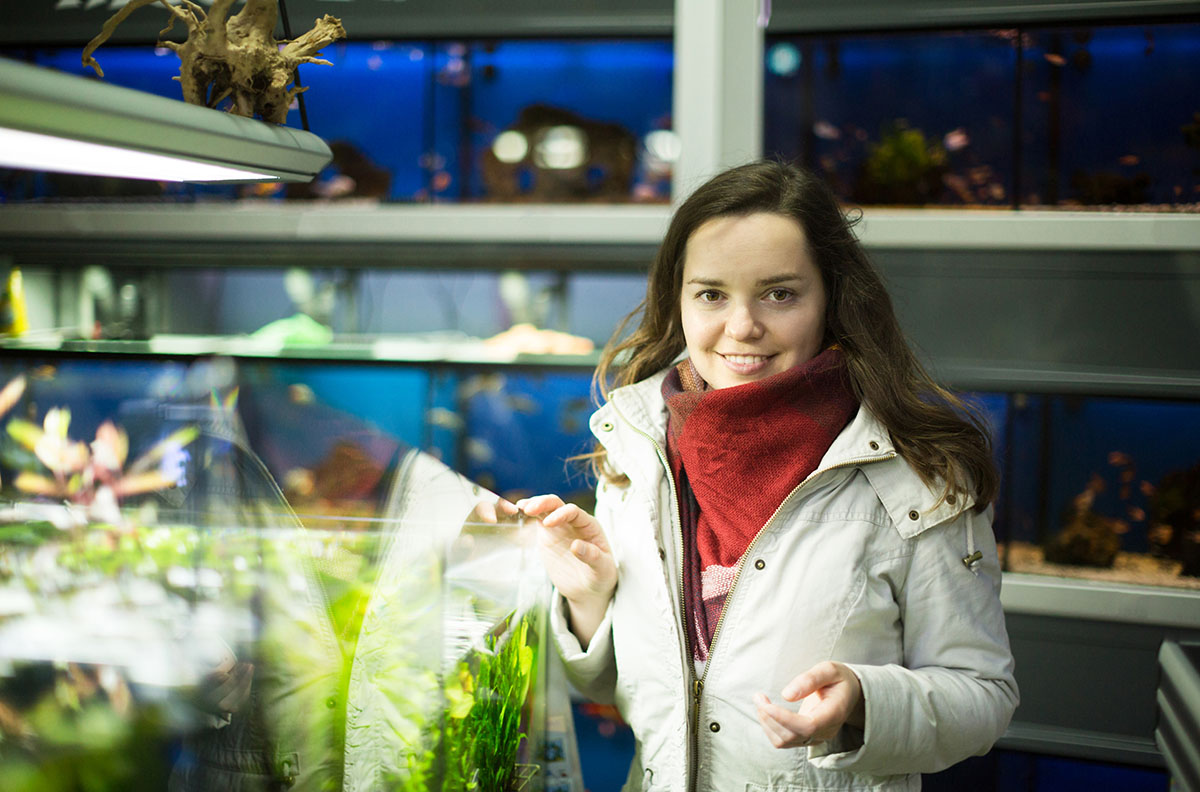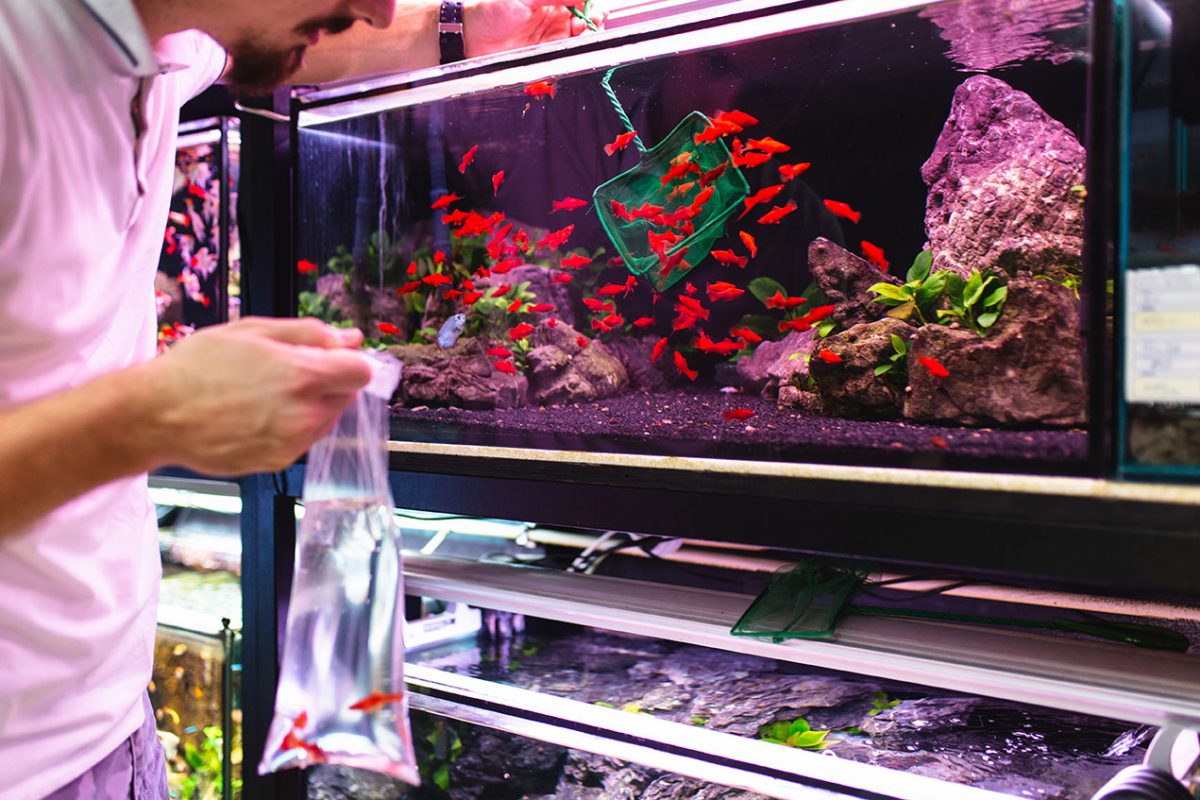At a time when the use of plastic bags is being reduced it is worth considering one utterly vital role that the plastic bag performs in the aquatic trade: the transport of live fish.
Plastic bags are water and air-tight, they are available in a range of shapes and sizes to suit a huge variety of fish species and they are cheap and simple to produce. Without the humble plastic bag, international transport of live fish would be much more complicated and hence expensive, with these costs ultimately being borne by the hobbyists.
Fish held in bags for a long period of time, (up to 48 hours for fish on transglobal flights), can experience profound changes in water quality. Ammonia levels rise as the fish constantly excrete their metabolic waste, (this can be minimised by fasting the fish prior to transport). Some of this ammonia may be transferred to nitrite by ammonia-oxidising bacteria hitching a lift in the bag water. Oxygen levels plummet in the bag water as the fish respire and carbon dioxide levels rise causing a consequent drop in pH. Oxygen shortage can be minimised by adding oxygen gas to the bag rather than air at a rate of 1/3 water to 2/3 oxygen. Bags of fish are then transported in polystyrene boxes to insulate against excessive temperature drop, this also allows the bags to be kept in dark conditions.
As most fish keepers know, fish cannot be simply tipped from the transport bag straight into their new aquarium, a short period of acclimatisation must occur to allow the fish time to adjust to the conditions of their new home, the most notable adjustment is that of temperature.

Acclimatisation is crucial for the fish
Acclimatisation is crucial for the fish as water conditions in the bag may well be different to conditions in the home aquarium. If fish are purchased from a local fish shop, then the tap water pH and hardness are likely to be the same. Also the journey time from shop to home is going to be short; this minimises changes in bag water quality and prevents excessive temperature decline. If you are transporting fish a long way, perhaps because you are moving house or taking fish to a show, then it is vital to insulate against temperature-loss. Your local aquatic store may be able to supply polystyrene boxes, alternatively you can place the bags in a cardboard box which has been pre-packed with towels or blankets.
Once you get your fish to their new home, acclimatise them immediately. To do this, first, turn out aquarium lights and dim room lights or draw curtains. Fish are photophobic (scared of light) and the darker conditions will help to minimise panic.
Open the bag and float it on the aquarium water. Opening it allows fresh air over the water so that gas exchange can occur, floating allows the water temperature in the bag to begin to equalise to the tank.
Leave the fish floating in their bag for 10 minutes, (to prevent the bag sinking or tipping over, use a an aquarium food clip or plastic clothes peg to clip the bag to the glass or roll down the top of the bag).
After 10 minutes, add a small amount of aquarium water to the bag water, this slowly introduces the fish to the tank water quality.
Continue to add a small amount, (perhaps a cupful), to the bag once every 10 minutes over half an hour, the fish is then ready to add to the tank. Most aquarists the gently lift the bag and allow the fish to swim out into their new home. Some prefer to net out the fish from the bag, thereby preventing any accumulated pollutants or stress pheromones from exiting the bag into the tank water.
An alternative method is drip acclimatization, where a length of air line is used to slowly drip tank water into the bag over a period of hours. A airline regulator or even and loose knot in the airline tube will slow the flow down to a dropwise rate. This method is preferred for freshwater aquarium shrimps and marine aquarium specimens.
Once the fish is in the tank, keep the aquarium lights off for several hours and do not be tempted to feed your new fish. Monitor new fish for signs of stress or bullying. In the long term (after 24 hours), check the new fish is feeding normally and monitor all fish for signs of disease. The new fish could succumb to infection by pathogens resident in the tank or existing fish could have been exposed to a new pathogen introduced by the new fish.
Transporting fish is inevitably a stressful process for the fish and the fishkeeper. By understanding the demands of bag transport and proper acclimatisation the impact of this stress can be minimised.

